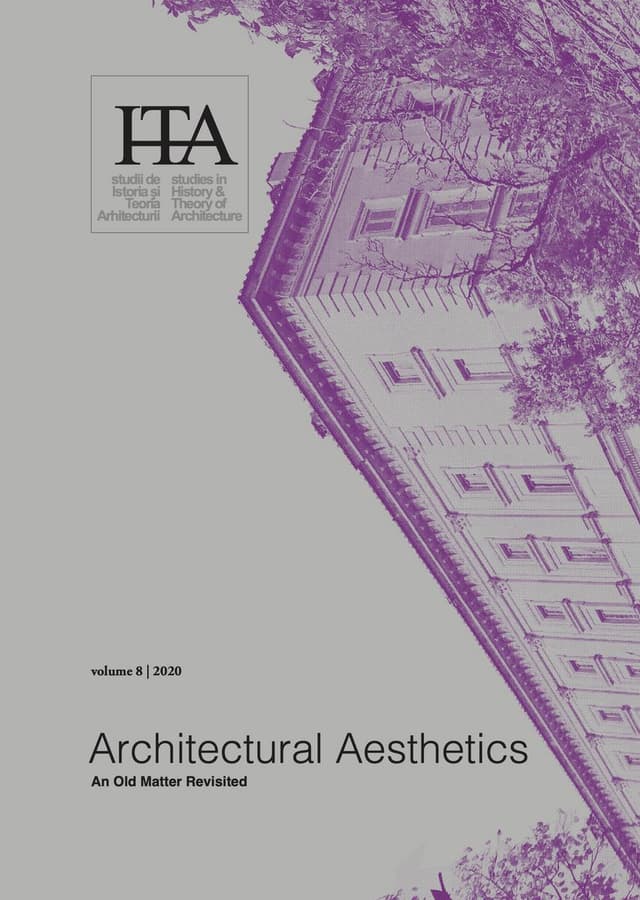The Matter of Touch – the Case of Asmara
by
Gertrud Olsson
Keywords
Asmara
African modernist architecture
aesthetic perception
surface treatment
touch
phenomenology
Looking at the qualities of architectural aesthetics, this paper intends to highlight the concept of touch. The Finnish architect Juhani Pallasmaa (born 1936) underlines that “vision separates us from the world whereas the other senses unite us with it.” The same thought is expressed by the French philosopher Maurice Merleau-Ponty (1908-1961) in his perception theory. Merleau- Ponty points out that our experience of the visual has a connection with touch – it is the same body, the same observer, who looks and feels. Further, the Italian futurist F.T. Marinetti (1876- 1944) published The Manifesto of Tactilism (1921), the feeling of different materials against the body, equivalent to the feeling when one is swimming in water. The Bauhaus teacher László Moholy-Nagy (1895-1946) developed Marinetti’s manifesto and highlighted tactile sensations, and also how to be aware of the haptics of building materials in architecture.
In the modernist city of Asmara in Eritrea we can feel the tactile façades and the unique materials. The historiography of the Modern Movement in architecture is still largely centered on Western Europe and the US, despite that the label “International Style” was coined as a major concept around 1930. The African city Asmara, included in 2017 in the UNESCO World Heritage List, is a rare and outstanding example of International Style in an African context. In relation to touch and tactilism, we have the notion of ageing, and again, we can study Asmara and the aesthetic results of being used in around 80 years without changes and additions. The buildings are still original, designed by Italian architects and built by Eritrean crafts people.
Published in

Chicago citation style
DOI:
10.54508/sITA.8.11